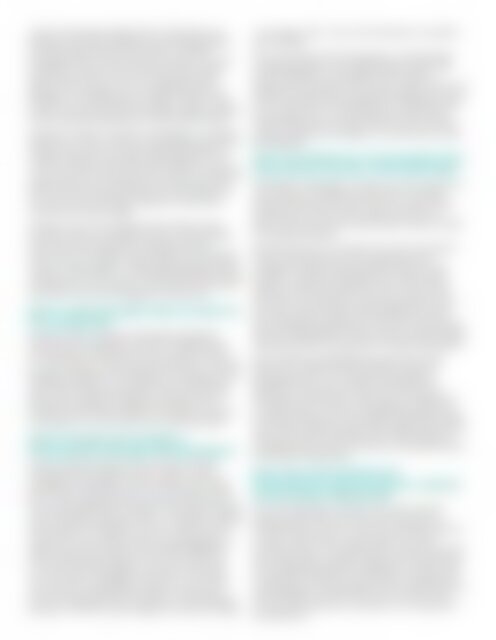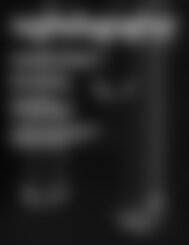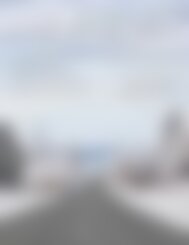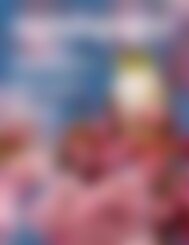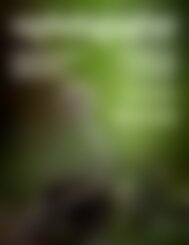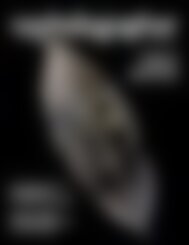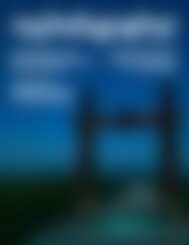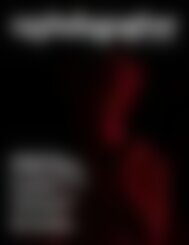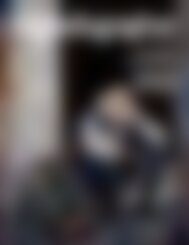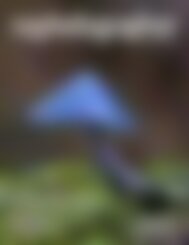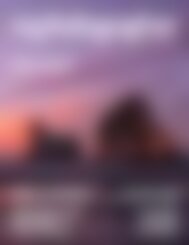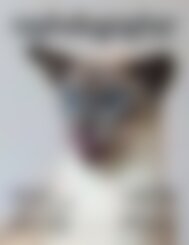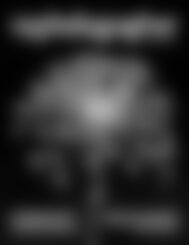NZPhotographer Issue 23, September 2019
As of December 2022, NZPhotographer magazine is only available when you purchase an annual or monthly subscription via the NZP website. Find out more: www.nzphotographer.nz
As of December 2022, NZPhotographer magazine is only available when you purchase an annual or monthly subscription via the NZP website. Find out more: www.nzphotographer.nz
You also want an ePaper? Increase the reach of your titles
YUMPU automatically turns print PDFs into web optimized ePapers that Google loves.
I also do things like getting them to build their own<br />
lightbox from white cardboard and photographing<br />
a cicada shell placed in the centre. In order to<br />
photograph the cicada well, they need to use their<br />
camera on manual. Once they have the camera<br />
basics right and know how to manipulate studio<br />
lighting, I encourage as much experimentation as<br />
possible. My catchphrase is “go play!” What I mean<br />
by this is go and play with the settings, lighting, subject<br />
matter, location. Experiment and see what evolves.<br />
Secondly, I believe ‘creative conversation’ is essential<br />
(either one on one with me or peer feedback) to the<br />
creative process for a student operating within the<br />
confines of NCEA. Asking the hard questions such as<br />
‘how much time did you devote to this? How does this<br />
image relate to your theme or the images around it?<br />
Who is your artist model? Where are you going with<br />
this and what’s next?’ gets students to look with a<br />
critical eye at their images.<br />
However, I very much believe that students need<br />
to follow their own creative journey so I tend to give<br />
them very loose themes like ‘Turangawaewae’,<br />
which they can interpret very literally or in an abstract<br />
manner. Many students create a photographic series<br />
based on their identity, or something they identify with.<br />
And because I am careful to work within their interests<br />
they tend to be more engaged in the process.<br />
WHAT’S YOUR FAVOURITE THING TO TEACH IN<br />
THE CLASSROOM?<br />
The first couple of lessons in Photoshop! Students<br />
think they can magically transform a terrible photo<br />
in Photoshop but they find out very quickly that this<br />
isn’t the case at all. They also discover that a well shot<br />
image just needs some tweaking in Photoshop to look<br />
absolutely fantastic. Once they have mastered the<br />
tools, I love to see them getting creative and trying<br />
things like surrealism and pop art using their own<br />
photos. Some of their creations are weird, wonderful,<br />
and bizarre, but all of them are a creative journey.<br />
WHAT’S THE BEST PART OF BEING A<br />
PHOTOGRAPHY TEACHER? AND THE WORST?!<br />
The very best thing about this job is the immense<br />
satisfaction that comes when a student’s work is<br />
recognised or exhibited. To know that I was a small<br />
part of that creative journey is very satisfying and to<br />
have others appreciate the innovation and creativity<br />
of the teenage mind is wonderful. I also derive a great<br />
deal of personal inspiration from my students and from<br />
the creative conversations we have. They push me<br />
to get out of my comfort zone as a photographer. A<br />
direct result of this is that I have started dabbling in<br />
some surrealist photography of my own which you<br />
can see on the next page. My picture of the baby<br />
ruru was taken at Wingspan and then I went online<br />
and found a copyright free image of an eye and<br />
one of a steampunk style clock face. I then blended,<br />
painted, coloured, and smudged until I got an image<br />
I was happy with. It was my first attempt at surrealism<br />
and I still like it.<br />
The worst thing is that photography is underfunded,<br />
underappreciated, and undervalued in every high<br />
school. Therefore, we struggle to find funds for<br />
equipment and resources. It is also a subject that is not<br />
viewed as particularly academically rigorous by many<br />
in the community. This perception is completely false,<br />
and students have to work extremely hard to pass,<br />
and standards are very high. This is an issue for many<br />
optional subjects and subjects in the Arts and not just<br />
photography.<br />
WHAT CHALLENGES DO YOUR STUDENTS FACE<br />
AND HOW DO YOU/THEY OVERCOME THEM?<br />
The biggest challenge is coming up with an idea that<br />
will run across 2–3 NCEA boards. That’s anywhere<br />
between 40–60 photos that connect to each other,<br />
are based on various artist models, that fit into a<br />
theme, and that can provide enough variety to keep<br />
the marker interested.<br />
Students often say, “but Miss I don’t have any ideas.”<br />
That’s where the Internet, this magazine, Excio,<br />
Instagram, Pinterest, and the library come in! I ask<br />
students to explore photography by other people<br />
based on themes of interest to them. Once I know<br />
what they are interested in and what creative style<br />
they like I can recommend photographers that can<br />
be used as artist models so that students can learn<br />
from established practitioners. They can then develop<br />
their own interpretation of that style and work towards<br />
developing their own approach to their photography.<br />
Artist models are established practitioners in their<br />
field of art, whether that be painting, sculpture,<br />
photography etc. Our students are required to<br />
reference more than one artist and their style or<br />
techniques somewhere in their work. For example, if<br />
a student wants to shoot a photographic series and<br />
incorporate type into it they might use Barbara Kruger<br />
as an artist model and shoot their images in black and<br />
white and use red and black type. The images and<br />
message will be unique to them but will be influenced<br />
by the artist model's style.<br />
WHAT ARE YOUR THOUGHTS ON<br />
PHOTOGRAPHY (AND THE ARTS AS A WHOLE)<br />
IN THE SCHOOL CURRICULUM?<br />
They are absolutely necessary. Not every kid can<br />
read and write well, and not every kid is musical,<br />
mathematical, or sporty. Not every child likes science.<br />
So what’s left? We as a society need to nurture<br />
creative pursuits. They inspire others, and push us to try<br />
new things. When a student leaves school, employers<br />
are increasingly looking for adaptable, creative, and<br />
conscientious people. The Arts does a very good job<br />
of preparing our young people to think creatively and<br />
solve problems with the tools in front of them. If the<br />
Arts are removed from a curriculum, so is creativity in<br />
its purest form.


